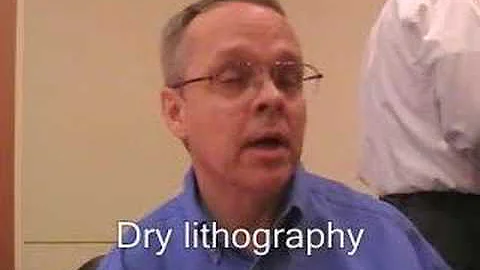Mark L Bohr
age ~65
from Independence, KS
- Also known as:
-
- Mark Leon Bohr
- Sep Bohr
- Lori Bohr Mykka
- K Bohr
Mark Bohr Phones & Addresses
- Independence, KS
- 204 Log Rd, Marshall, TX 75670 • (903)9349818
- 2140 Garden Oaks, Marshall, TX 75672 • (903)9349818
- Neodesha, KS
- Minden, IA
- Marshall, CA
- Trenton, NJ
Work
-
Position:Precision Production Occupations
Education
-
Degree:Bachelor's degree or higher
Emails
Resumes

Mark Bohr
view source
Mark Bohr
view sourceName / Title
Company / Classification
Phones & Addresses
Director, Managing
MLB WELDING & FABRICATION, LLC
204 Log Rd, Marshall, TX 75670
12301 Research Park Blvd, Austin, TX 78759
12301 Research Park Blvd, Austin, TX 78759
Classmates

Mark Bohr
view sourceSchools:
Calvary Episcopal Elementary School Richmond TX 1982-1988

Mark Bohr
view source
Mark Bohr
view sourceFriends:
Yvonne M. Cantu, Christina Landsborough, Randy Cubriel, Rhonda Houghton

Mark Bohr
view source
Mark Bohr
view source
Mark Bohr
view source
Mark Bohr
view sourceMyspace
News

Moore's Law at 50: The past and future
view source- Since then, Moore's Law has been flexible enough to adapt to changes in computing. It was the force behind supercharging computer performance in the 1990s, and lowering power consumption in the last decade, said Mark Bohr, senior fellow at Intel.
- Date: Apr 16, 2015
- Category: Sci/Tech
- Source: Google

Intel's 22-nm tri-gate SoC, how low can you leak?
view source- The chip maker introduced a CPU version of its 22-nm offering in June, but Intel senior fellow Mark Bohr said in an interview that the recipe has been tweaked in order to scale down to a more mobile, ultra-low leakage version.
- Date: Dec 11, 2012
- Category: Sci/Tech
- Source: Google

Intel discusses shift to system-on-a-chip tech
view source- "In the past...we were focused primarily on developing transistors with ever higher performance," Mark Bohr, an Intel senior fellow, said to journalists in a teleconference. "Now we're developing technologies with a much wider range of transistors...all the way down to tablets and pocket devices."
- Date: Dec 10, 2012
- Category: Sci/Tech
- Source: Google

IBM, Intel face off in 22 nm process at IEDM
view source- The Intel paper showed support for high drive current across the spectrum of leakage and a full suite of SoC tools, said Mark Bohr, head of Intels process technology development group in a brief discussion with EE Times before the session. The process is geared for a much wider array of designs t
- Date: Dec 10, 2012
- Category: Sci/Tech
- Source: Google

Moore's Law ends in 10 years, physicist claims
view source- "Yes, it still matters, and yes we're still tracking it," said Mark Bohr, Intel senior fellow and director of process architecture and integration. A section on Intel's website helps keep the story alive, explaining that "Moore's Law states that the number of transistors on a chip will double about
- Date: Apr 30, 2012
- Category: Sci/Tech
- Source: Google

Ticked Off: Intel Launches New Core Processors As It Faces Host Of Rivals
view source- ecause Intel is the last major processor designer to build its own chips, the company can co-optimize, its designs, and its manufacturing processes, so that it can squeeze out smaller chips that incorporate novel features such before its competitors can, said Mark Bohr, an Intel senior fellow with
- Date: Apr 23, 2012
- Category: Sci/Tech
- Source: Google

Intel Releases Ivy Bridge: First Processor with "Tri-Gate" Transistor
view source- Mark Bohr, Intel senior fellow and director of process architecture and integration, said the company started working on 3D transistors back in 2001 and made the decision to go with the tri-gate design back in 2008, producing the first test Ivy Bridge wafers in November 2010.
- Date: Apr 23, 2012
- Category: Sci/Tech
- Source: Google

Intel, Seeking Edge on Rivals, Rethinks Its Building Blocks
view source- "That is an unprecedented gain," said Mark Bohr, who holds the title of Intel fellow and leads its development of new manufacturing processes. "We've never achieved that kind of performance gain at low voltage."
- Date: May 05, 2011
- Category: Sci/Tech
- Source: Google
Googleplus

Mark Bohr
Youtube
Get Report for Mark L Bohr from Independence, KS, age ~65





